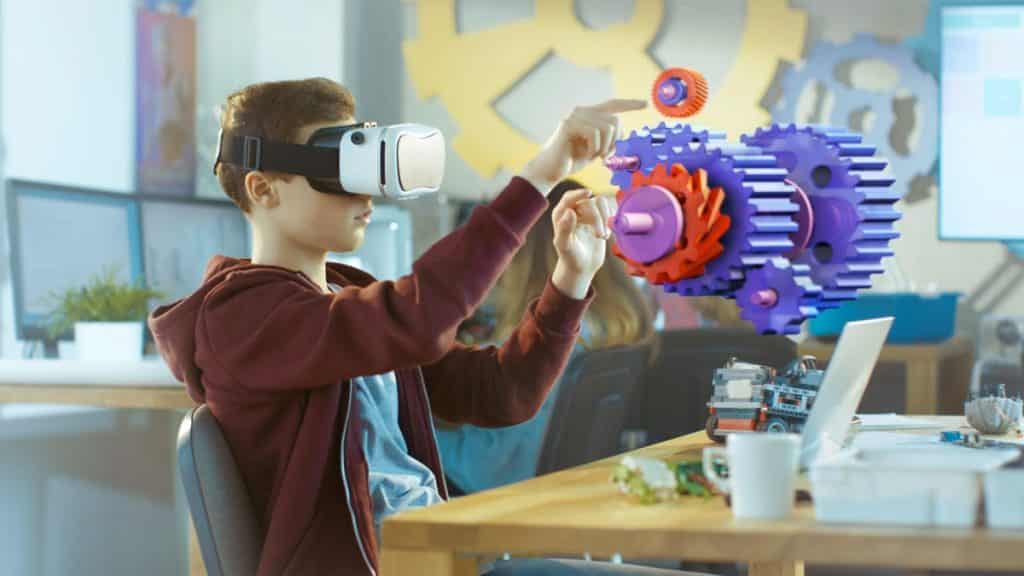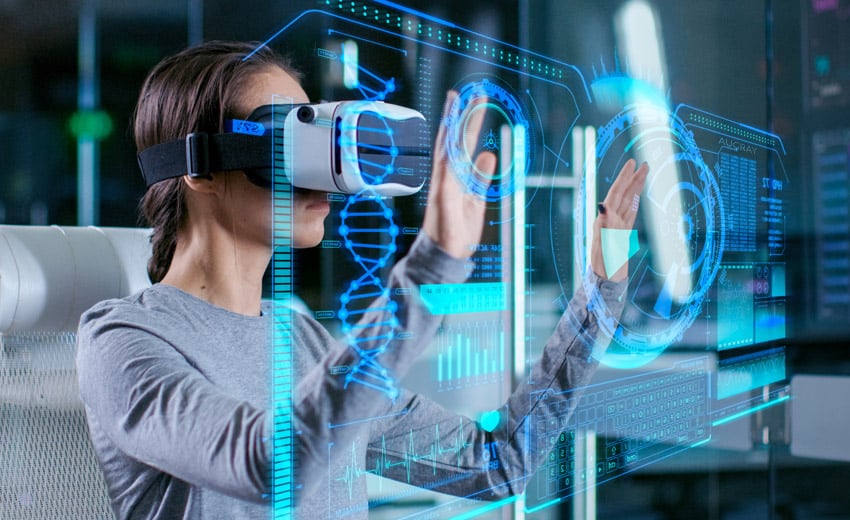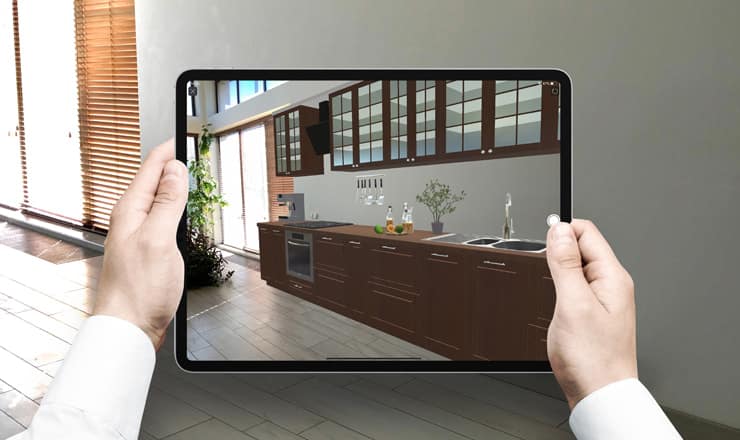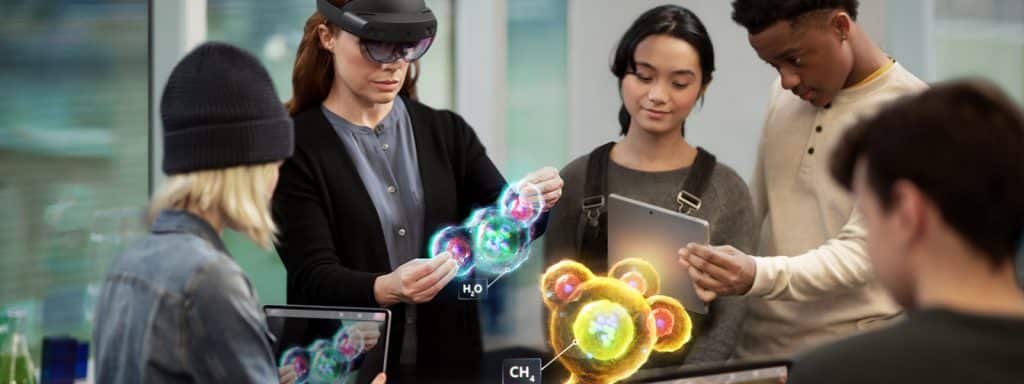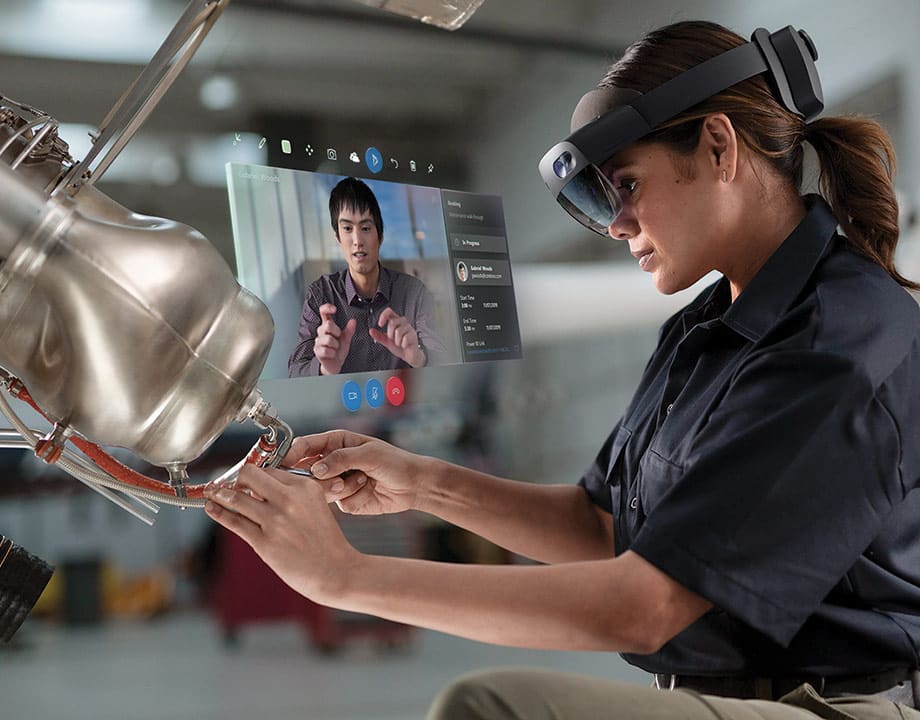What Is Mixed Reality?
In virtual reality, headgear is used to envelop a person in a completely simulated environment that they may engage in, generally by utilizing a gamepad. If you don’t want to use a headgear, you may also use “AR technology,” which is a technique in which virtual components are superimposed atop a real-world overlay and observed via a camera lens. Mixed reality sits somewhere in the middle of these two paradigms. Digital components and things may still be represented in a mixed reality environment, however, the viewer could likewise communicate with them. Unlike virtual reality, these features are available in a real-world situation, making it distinct. Furthermore, it differs from augmented reality in that it allows users to exert control over virtual things. Leveraging mixed reality technology, people can view and engage with items as they move about in a 360-degree space. Examine a few instances to get a better sense of how it works. Vehicle design may benefit greatly from both hands-on as well as digital modeling. Mixed reality is being used in automobile construction as a result of this. You may picture being free to stare at digital creations whilst also being capable of rotating, manipulating, or even editing things in actual time sans the assistance of a mouse or touchpad. It’s these kinds of advantages that augmented and virtual reality may give.
What Are The Applications of Mixed Reality?
Below are a few applications of Mixed Reality.
1. Home Design
It might be tough to visualize what your ideal house or bedroom would seem like in our heads, therefore innovation can be really helpful in this endeavor. One day, homebuyers may be able to create a digital version of their future houses, thanks to mixed reality technology. Users would be able to maneuver stuff about, test out alternative furniture, and also test out various wallpaper and floor colors all via a virtual lens in MR interior designs. An augmented reality application or equivalent can potentially accomplish this, however, the effect isn’t as comprehensive or accurate.
2. Education
Education might be tedious and repetitive, however, schools and universities can now make their classes more interesting for their pupils by implementing extended reality technologies into their classrooms. Education in a more immersive fashion is possible with mixed reality, since the learner may actively engage with the subject matter at hand. For learners, this would simplify things to study a wide variety of subjects, including biology, physics, and ecology.
3. Employee Training
Staff learning is yet another arena where this technology might be beneficial. Some occupations need extensive instruction, which may be discouraging or even counterproductive if carried out in the wrong way. By encountering workplace issues in a virtual context, workers may better comprehend what is expected of them now and what they have to achieve via the use of MR. Architecture, manufacturing, and customer support professionals might all benefit from this skill set.
